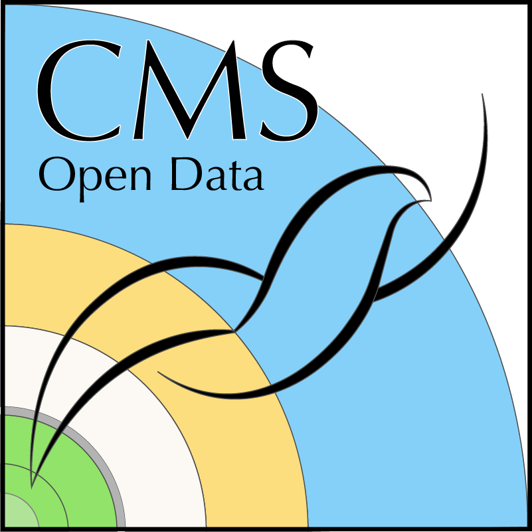Limits
Last updated on 2024-08-01 | Edit this page
Overview
Questions
- What are limits?
- What are expected and observed limits?
- How do we calculate limits?
Objectives
- Understand the concept of limits, expected limits, and observed limits.
- Familiarize with the steps of calculating limits.
- Familiarize with the concepts of hypothesis testing, test statistic, p-values and confidence level.
What are limits?
Limits are constraints placed on the parameters of a theoretical model based on the experimental data. They help determine the range within which new particles or interactions could exist.
Observed limits: These are limits derived directly from the experimental data. They represent the actual constraint on the parameter of interest based on the measurements taken during the experiment.
Expected limits: These are limits based on simulated data assuming no new phenomena exist (i.e., that the null hypothesis is true). They provide a benchmark for comparing the observed limits to what would be expected if only known physics were at play.
Calculating limits
The process of calculating limits typically involves the following steps:
Define the statistical model and construct the likelihood :
-
Perform Hypothesis Testing:
- Null hypothesis (or background-only hypothesis) (\(H_0\)): This hypothesis assumes that there is no new physics, meaning the data can be fully explained by the standard model or another established theory.
- Alternative hypothesis or signal+background hypothesis (\(H_1\)): This hypothesis posits the presence of new physics, implying deviations from the predictions of the null hypothesis.
- Test statistic: Calculate a test statistic, such as the profile likelihood ratio, which compares how well the data fits under both \(H_0\) and \(H_1\). The profile likelihood ratio is defined as: \[\lambda(\mu) = \frac{\mathcal{L}(\mu, \hat{\nu}(\mu))}{\mathcal{L}(\hat{\mu}, \hat{\nu})}\]: where \(\mathcal{L}\) is the likelihood function, \(\mu\) and \(\nu\) represent the parameters of interest and nuisance parameters, \(\hat{\mu}\) and \(\hat{\nu}\) are the best-fit parameters, and \(\hat{\nu}(\mu)\) is the conditional maximum likelihood estimator of the nuisance parameters given \(\mu\). Note that in the current LHC analyses, we use more complex test statistics such as the LHC-style test statistic. However, despite the added complexity, the main idea is the same. The test statistic is evaluated for observed data or pseudo-data
- p-value: Determine the p-value, which quantifies the probability of obtaining data as extreme as observed under the null hypothesis. A small p-value indicates that the null hypothesis is unlikely.
- Confidence level: Set a confidence level (e.g., 95%) to determine the exclusion limits. The confidence level represents the probability that the true parameter values lie within the calculated limits if the experiment were repeated many times.
-
Calculate limits: The p-values for the signal-only and signal+BG hypotheses are combined in a certain way to obtain limits. At the LHC, we use the so-called \(\mathrm{CL_s}\) quantity.
- Expected limits: Obtain by comparing observed data with 1) signal MC + estimated BG and 2) with only estimated BG. Observed limits check the consistency of the observation with the signal + BG hypothesis and compares it to the BG-only hypothesis.
- Expected limits: Get the null hypothesis, e.g. background estimation from simulation or a data-driven method. Obtain the limits by comparing estimated BG with signal + estimated BG. Useful for predicting the analysis sensitivity.
-
Compare and interpret:
- Compare the observed limits with the expected limits to interpret the results. If the observed limits are significantly different from the expected limits, this may indicate potential new physics.
